How Educators Can Encourage Students to Harness their Passions to Become Sustainability Changemakers
Key Points
-
Climate summits offer students invaluable experiences, helping them refine interests and connect with a community of like-minded changemakers.
-
Educators can use passion mapping and experiential learning to help students engage deeply with sustainability and environmental action.
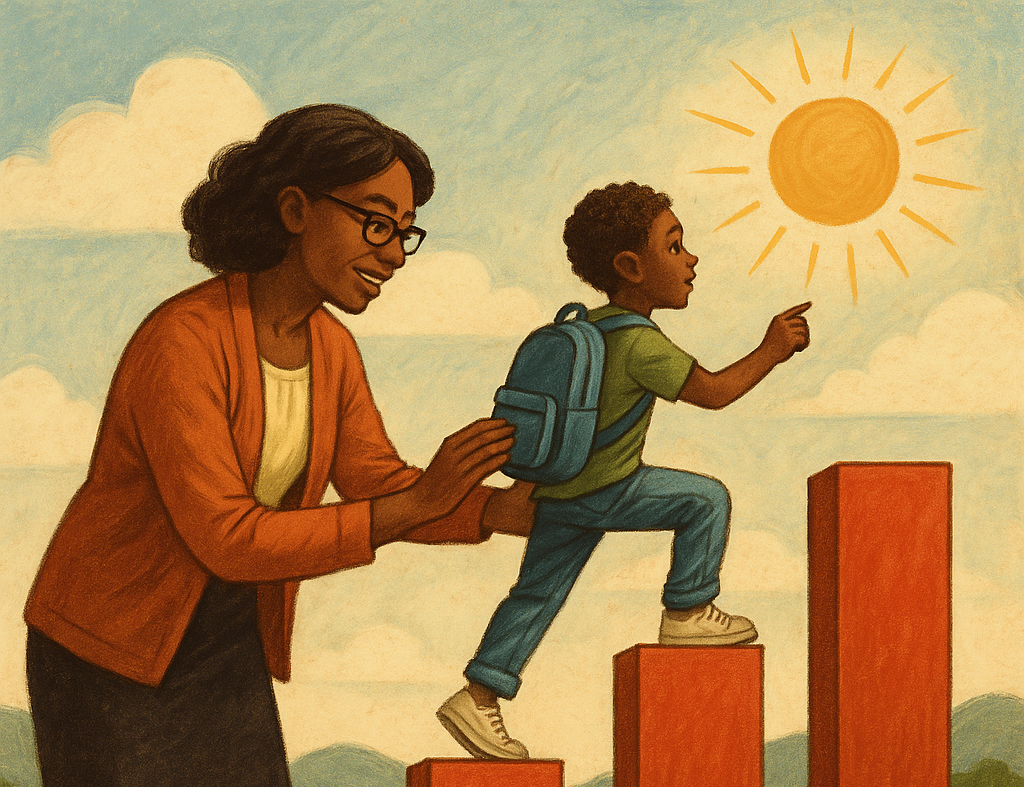
By Jenna Audlin
A high school senior and keynote speaker for the upcoming Sustainable Futures Climate Summit shares how educators can help students turn their interest in sustainability into real-world action.
From a young age, I’ve been deeply involved in environmental education: volunteering at nature centers, attending nature camps, and eventually transitioning from being a student to taking on teaching roles. This shift ignited my passion for empowering others and inspired me to write an outdoor activity book called The Explore More Challenge for Kids. Through my work, I hope to empower others to take action in ways that reflect their unique interests and talents.
Whether through hands-on activities with children or speaking at larger events like the upcoming Sustainable Futures Climate Summit, my goal is to help people recognize their potential and make a difference, no matter their background or interests.That means helping each student find their own personal connection to nature.
One formative experience from nature camp that stands out in my memory is a lesson where we were learning about the parts of a plant. One of the younger students got so excited that he started throwing plant pieces across the classroom. I looked at him and thought, “Good job throwing stuff.” It was really funny, but as he was ripping the plant apart, he was also naming all the different parts and how they’re connected. You could see how much he was learning. Though it seemed chaotic at the time, I realized how deeply engaged he was with the material. It was a powerful reminder of how hands-on, discovery-based learning can spark enthusiasm and understanding in students of all ages.
Today, as a high school student running a small business focused on nature education, I’m excited to share my experiences and inspire others to use their passions to create positive change.
Channeling Passion into Purpose
Educators play a crucial role in helping students discover and nurture their environmental interests. Here are some approaches that have worked in my experience:
- Passion Mapping: Encourage students to list everything they’re passionate about, then help them narrow it down and rank their interests. This creates a foundation for sustainability projects that will maintain their enthusiasm.
- Experiential Learning: Provide opportunities for students to engage with nature directly. These hands-on experiences create emotional connections that textbooks alone cannot foster.
- Interdisciplinary Approaches: Show students how sustainability connects to every subject—from art and literature to science and mathematics—allowing them to approach environmental issues through their strengths.
- Community Connection: Use students’ identified passions as starting points for taking action and seeking communities of like-minded people who can support their growth.
The Power of Youth Climate Summits
I’ve attended eight youth climate summits in six different locations, and each has offered something unique. These events are incredible opportunities for environmentally-minded students to refine their interests and explore where they fit into the broader climate movement.
It was at a climate summit that I first encountered the term “environmental education,” and that experience inspired me to pursue it as my major. Summits like these provide young people with the chance to discover their passions and connect with others who share a similar drive to make a difference.
That’s one of the reasons I’m so excited to speak at the Sustainable Futures Climate Summit. It’s another opportunity to be part of an inspiring event and see what everyone—myself included—takes away from it.
Finding Your Voice
Public speaking about environmental issues has been a transformative part of my journey. Interestingly, I find I prefer speaking to larger audiences of strangers over smaller groups of peers. While standing in front of classmates can be intimidating, there’s something energizing about presenting to an audience that’s genuinely interested in your work.
At events like the Sustainable Futures Climate Summit, the enthusiasm from the crowd amplifies the experience and creates a dynamic connection that helps strengthen the message we’re sharing. Educators can help students find similar opportunities to share their environmental knowledge and passions, whether through school presentations, community events, or digital platforms.
Creating Classroom Climate Summits
Not every student can attend a formal climate summit, but educators can bring elements of these experiences into the classroom through:
- Student-Led Workshops: Encourage students to research sustainability topics they’re passionate about and teach their peers.
- Solution-Focused Discussions: Structure conversations around not just environmental problems, but practical, age-appropriate solutions students can implement.
- Expert Connections: Invite local environmental professionals or activists to speak with your class, either in person or virtually.
- Project Showcases: Create opportunities for students to present sustainability projects to a variety of audiences, from other classes to community members.
Whether through classroom activities or off-campus summits, the goal is to encourage students to find their unique passions—whether in the arts, sciences, or any other field—and use them to create positive change. Through mentorship and community-building, I believe we can help young people unlock their full potential and become the next generation of environmental and social changemakers.
The key is recognizing that there’s no single path to making a difference. Some students might be drawn to scientific research, others to creative communication, policy advocacy, or technological innovation. By helping students identify where their interests intersect with sustainability needs, educators can guide them toward meaningful action that doesn’t feel forced or disconnected from who they are.
What I’ve learned through my own environmental education journey is that authentic passion is contagious. When students pursue sustainability projects aligned with their genuine interests, they naturally inspire others around them. The most effective environmental education doesn’t try to mold all students into the same type of environmentalist. Instead, it helps each student see how their unique skills and interests can contribute to creating a more sustainable world.
By fostering a supportive environment that celebrates diverse approaches to sustainability, we can inspire the next generation to take action and make an impact on the world—one that reflects their individual talents and collectively moves us toward a more sustainable future.
Jenna Audlin is the author of The Explore More Challenge for Kids. She delivered a TEDx talk about starting a nature program in Colorado at 7 years old, and now runs a small business focused on promoting environmental awareness and hands-on learning. She can be reached at [email protected].


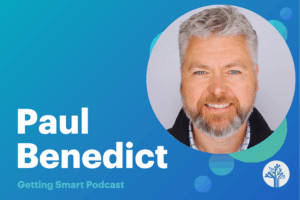
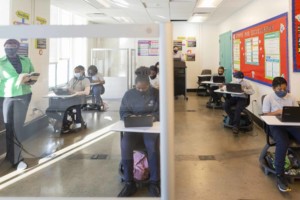
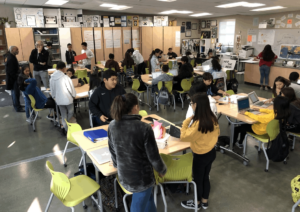
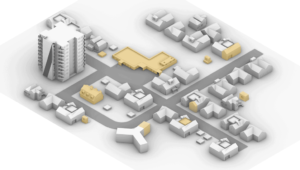
0 Comments
Leave a Comment
Your email address will not be published. All fields are required.